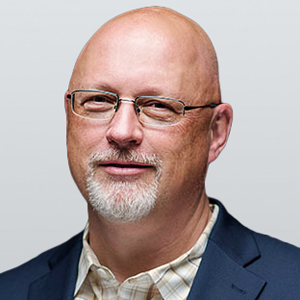Commentary
It’s nice work if you can get it—a free appointment to the U.S. Senate. California Gov. Gavin Newsom has raised new questions about the appointment process in his naming of Laphonza Butler to replace Sen. Diane Feinstein after her recent death.
Not only was her appointment a surprise to California Democrat insiders, but she’s a voting resident of Maryland, not the Golden State. She did live in California for 12 years but has listed her legal address as Maryland since 2021.
This isn’t the only case of 21st-century carpetbaggers. Former First Lady Hillary Clinton moved to New York from Arkansas in late 1999 to run for Senate in 2000. Mitt Romney changed his residence to Utah from Massachusetts in 2014 to run for the seat vacated by retiring Sen. Orrin Hatch in 2018. Banking on her father’s name recognition, Liz Cheney bought a home in Wyoming in 2012 to run for Congress in 2014.
Those three Johnny-come-lately candidates did win their elections. Dr. Mehmet Oz moved to Pennsylvania in 2020 (claiming he rented a room from his in-laws) to run for Senate in 2022. Earning the endorsement of former President Donald Trump, he won the Republican nomination but got punished in the general election based in part on the perception that he was a carpetbagger.
What unites these candidates is that they moved to compete in democratic elections. Ms. Butler was handpicked to come from out of state to represent California.
When a member of Congress leaves a vacancy, there are two basic systems in place. In the House, all vacancies are filled by a special election set by the state’s governor. Four states require a special election for the Senate, as well. But, otherwise, it’s quite different in the Senate.
For the other 46 states, governors appoint an interim replacement to the Senate, with varying rules on how long the interim period can last and whether they can choose who they want or must appoint someone from the outgoing senator’s party or from a party list.
Sometimes, governors get themselves in deep trouble. After Sen. Barack Obama became president, Illinois Gov. Rod Blagojevich sought bribes from potential replacements. He was impeached and removed from office and then convicted of public corruption, serving eight years in federal prison.
Vacancies happen on a yearly basis. Historically, 153 senators have died in office (not including retirements or resignations) since 1913, when the 17th Amendment was adopted to change Article I, Section 3 of the Constitution to direct election by the people from having senators be appointed by the state legislatures. But the amendment adds that governors have the power to appoint a replacement, if authorized by their state’s legislature, until the next general election.
Governors are elected by the people of their states, but the appointment process is still undemocratic. The people who elected someone to be chief executive for their state might have other priorities in mind when voting for a senator.
State governments should amend their constitutions; they should follow the spirit of the U.S. Constitution and have senators be elected—always—by the people, and in a timely fashion. States should require that candidates have lived in their state or district for several years before running for office; that’s certainly a requirement in the U.S. Constitution. Term limits would reduce the number of elderly senators—the average age now is 65 and roughly a quarter are older than 80.
Ultimately, much of national politics has become a delegation of power from both the executive and legislative branches to the U.S. Supreme Court. Governors’ power to appoint senators isn’t a question of only how their state will be represented but also who controls the Senate—which confirms Supreme Court justices on a wholly political basis.
Whatever one makes of Mr. Newsom’s appointment, he has shined a light on the undemocratic process for replacing U.S. senators. It’s time to clean things up.
The views and opinions expressed are those of the author and do not necessarily reflect the official policy or position of Centennial Institute and Colorado Christian University.











